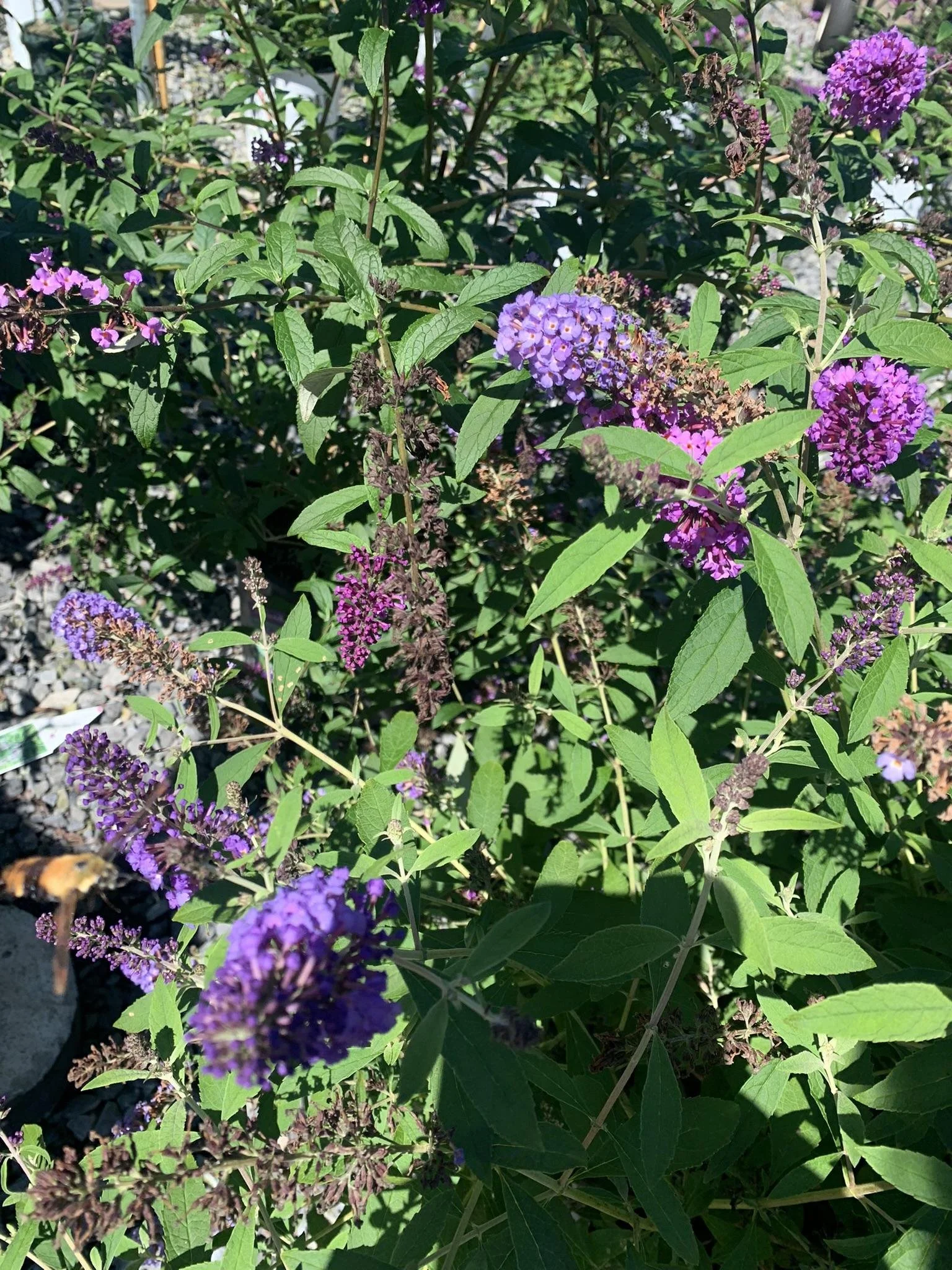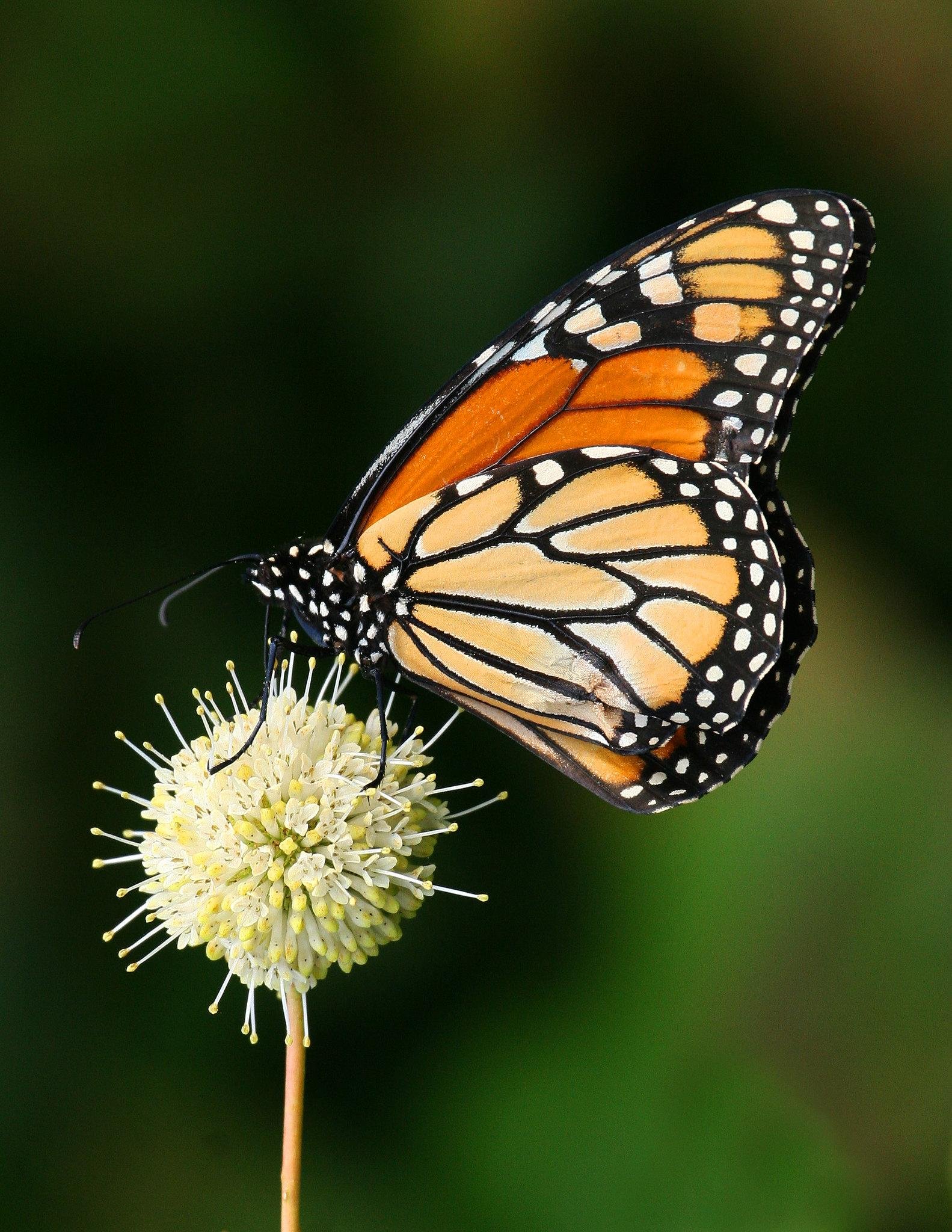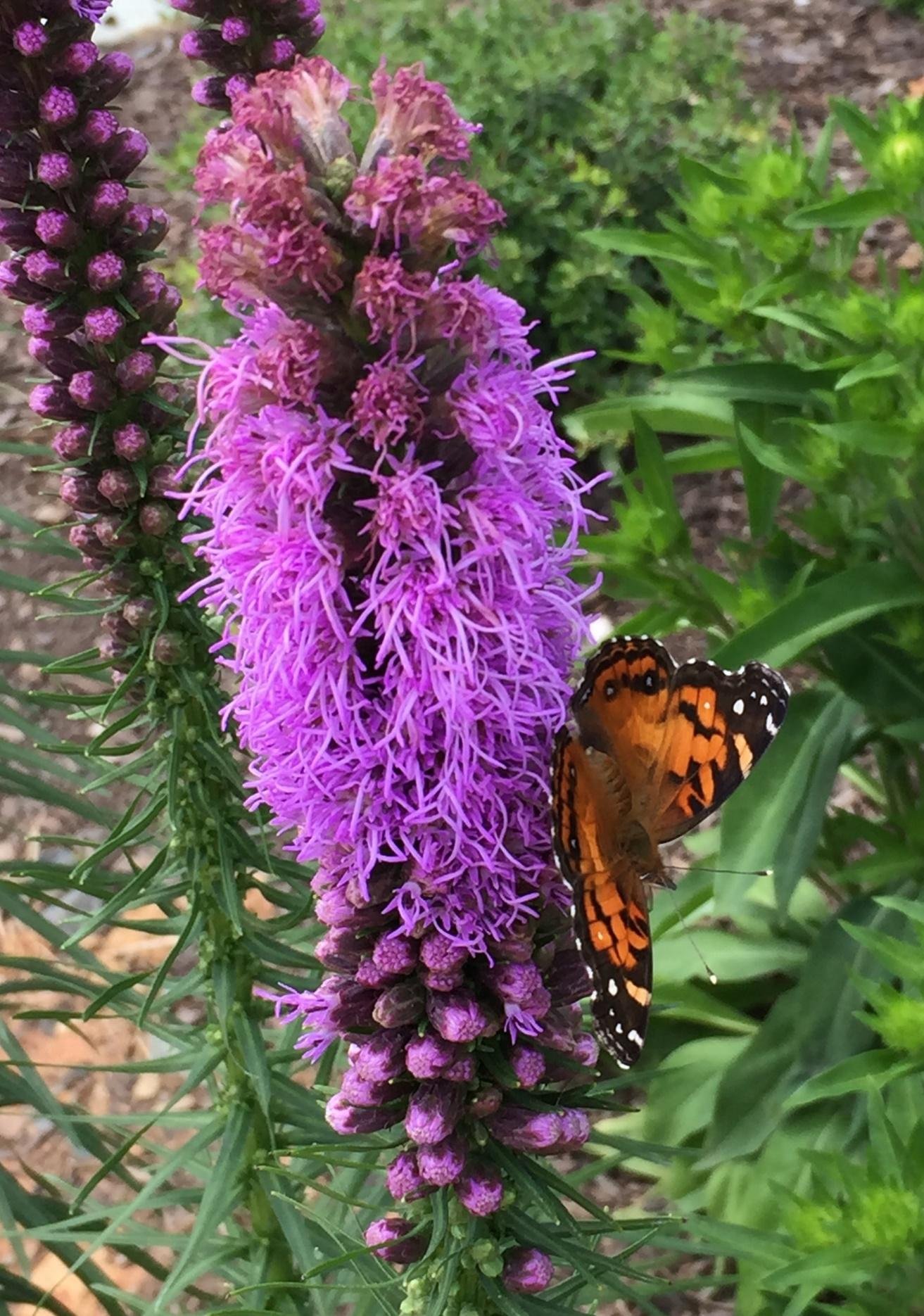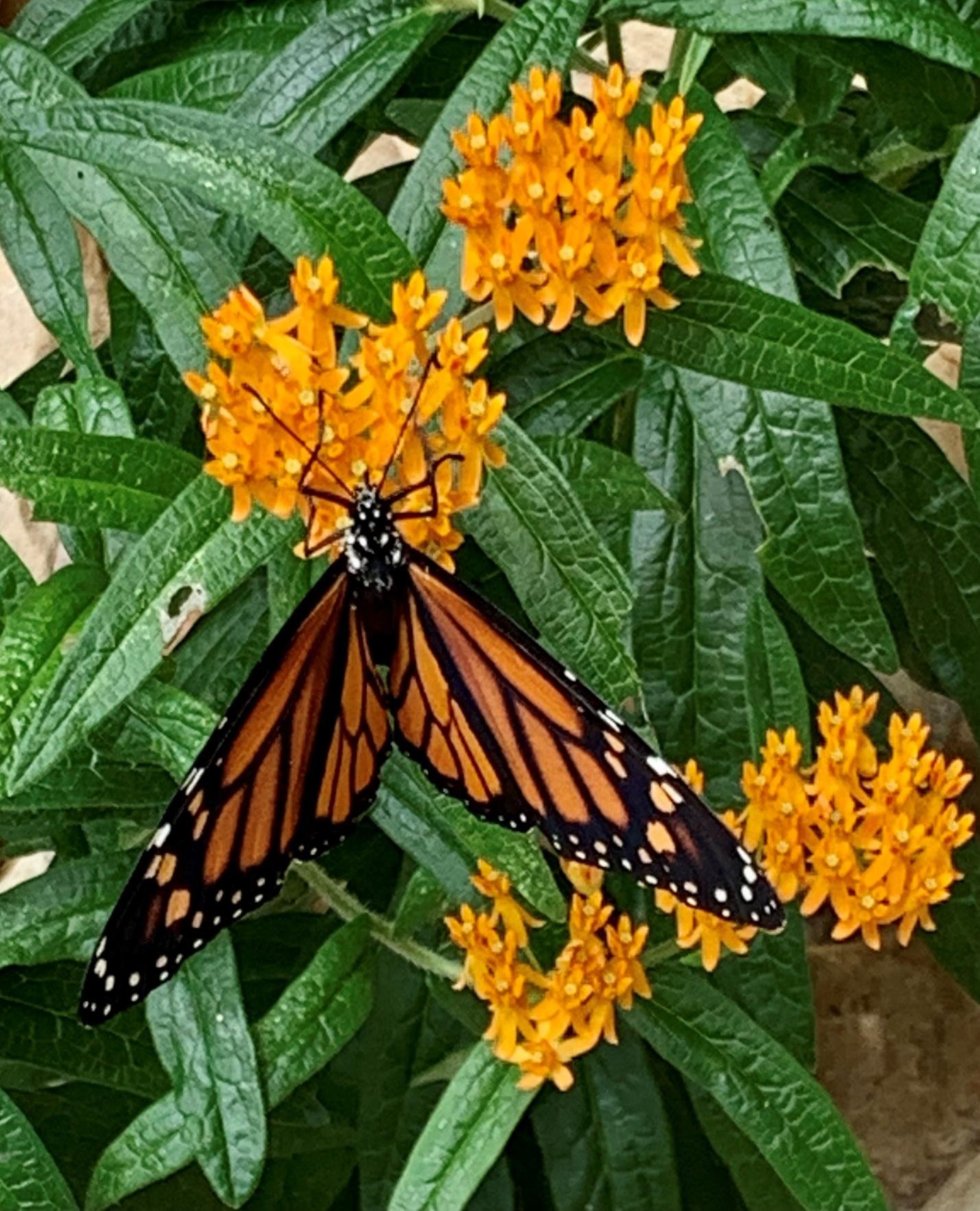Photo: Butterfly Bush, Alyssa Ford Morel
Alyssa Ford Morel
Confession is said to be good for the soul, so here it goes: I have, while standing in someone’s garden, wimped out on telling them their Butterfly Bush (Buddleia davidii) is invasive. More than once. In more than one garden.
Butterfly Bush, Alyssa Ford Morel
I am not always so lily-livered. I’ve mustered up the courage to speak the truth a few times, and seen the light of horticultural zeal dim in a gardener’s eyes as they realize the beautiful plant they love and believed would help the environment is actually a problem. I’ve apologized to them for the harsh truth. Causing this pain also pains me, even though the message is important.
So now I am telling the truth in writing, where I do not have to watch my words disappoint: Butterfly Bush is a beautiful, butterfly-attracting problem. Do not plant it. If you have it, you should make plans to replace it.
You may not see the baby Butterfly Bushes that your plant has parented because they are growing out of sight in wild areas. The nature of invasiveness is not reflected by what a plant does in cultivation, it is about the plant escaping cultivation and out-competing natives in the wild, causing harm to the economy, human health or the environment (per Executive Order 13112, signed in 1999).
Butterfly Bush is a problem in the environment in several ways. First, it out-competes native plants, taking up the space they need. Second, because it produces abundant nectar, pollinators often ignore flowers on native plants, depriving them of the pollination they need to reproduce. Thirdly, although adult butterflies indeed flock to the shrub, it does not support a single American butterfly baby (that is, caterpillars).
There are some Butterfly Bush cultivars that are marketed as being sterile or low-fertility. Unfortunately, as Jurassic Park fans know, over time species sometimes revert to their original fecundity, so such offerings should not be seen as a safe alternative. The answer, instead, is to plant one of the many beautiful native plants that attract and support butterflies. Fortunately, there are great choices available.
Buttonbush with a Monarch, Judy Gallagher
My personal top choice is Buttonbush (Cephalanthus occidentalis). This 6-to-12-foot-high shrub sets fabulous cylindrical white flowers that attract not only butterflies, but bees, hummingbirds and songbirds, as well as serving as host plant for two kinds of Lepidoptera. A smaller cultivar, ‘Sugar Shack’ is an alternative for those with less space. Buttonbush particularly likes moist areas.
If it’s the purple flower color that you particularly like, Gayfeather (Liatris spicata) is a great choice. This clump-forming perennial is easy to grow and maintain, and also attracts bees, hummingbirds and butterflies. It plays nicely with other plants in a mixed border or meadow design, providing striking purple spikes in mid-summer.
Gayfeather, Elaine Mills
Butterfly weed with Monarch, Alyssa Ford Morel
An iconic native plant known for supporting butterflies to consider is Butterfly-weed (Asclepias tuberosa). Like all members of the Milkweed family, it is a host plant to Monarch butterflies, whose eastern population has declined 85 percent in the past two decades. One thing we can do to help them is plant more Milkweeds, including this happy, easy-to-grow plant. It not only supports Monarchs, but also attracts other butterflies and beneficial insects as well as hummingbirds.





